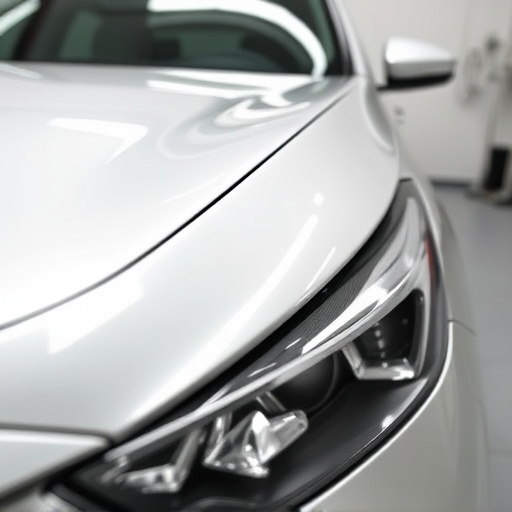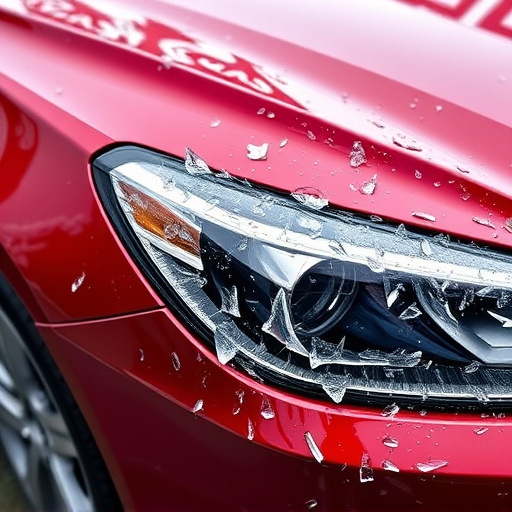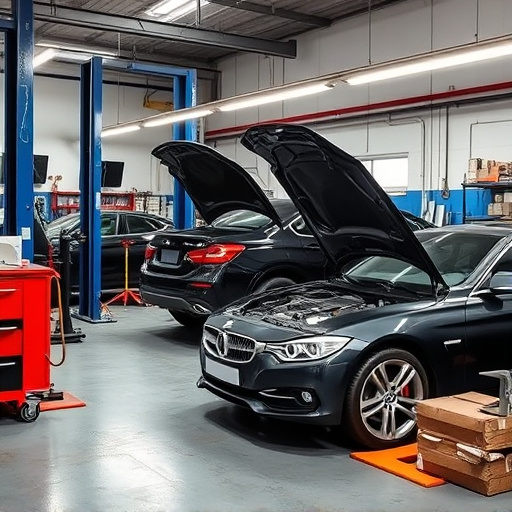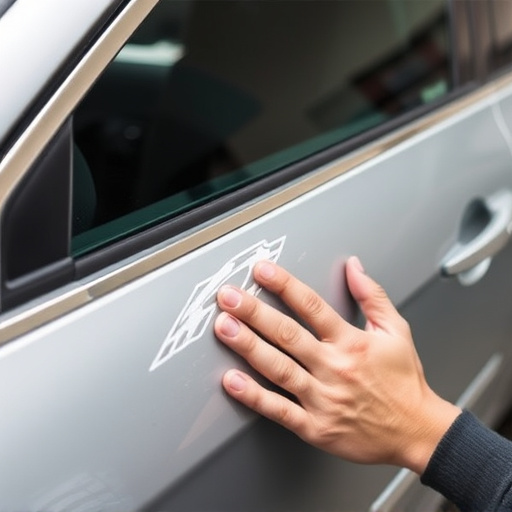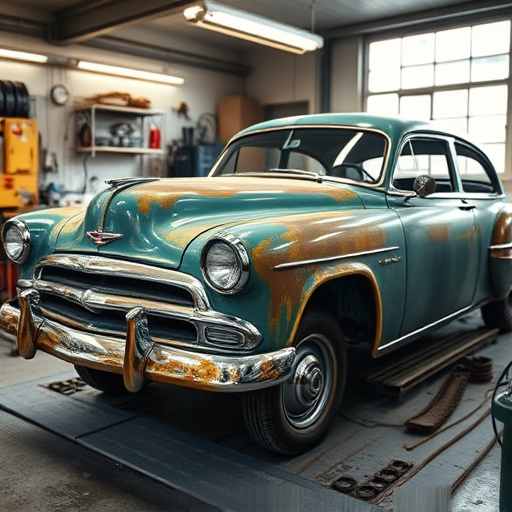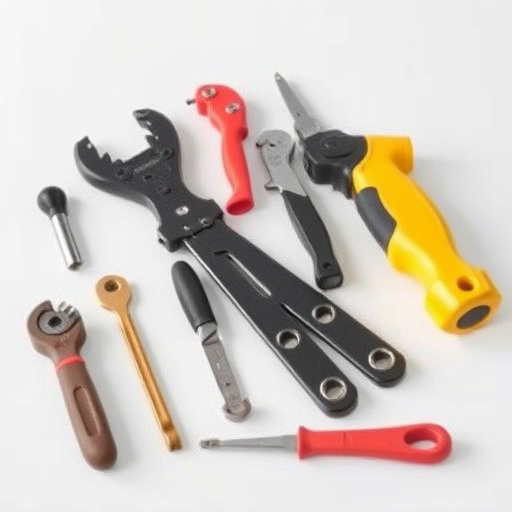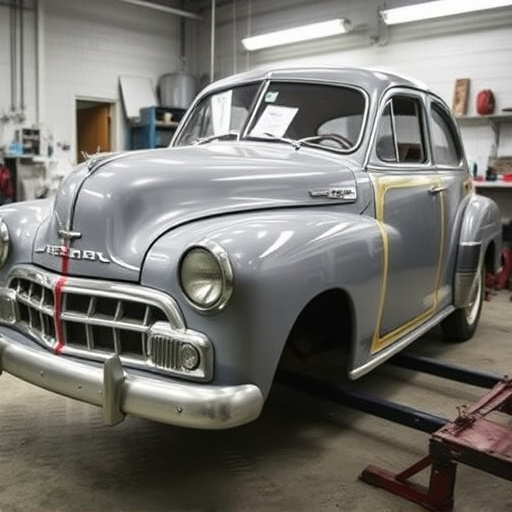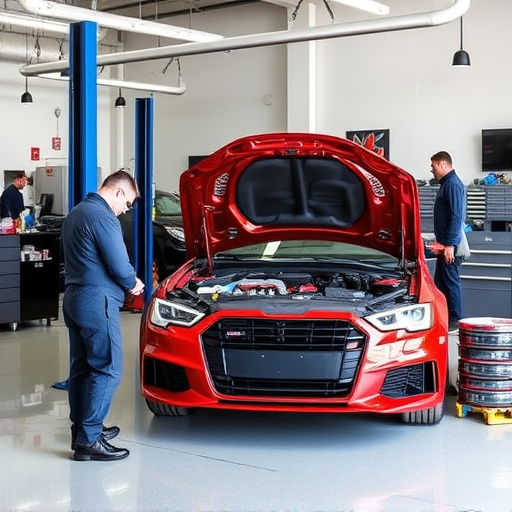Modern vehicles' On-Board Diagnostics (OBD) systems use sensors and computer modules to monitor and control essential components, enabling early issue identification and precise repairs for enhanced vehicle longevity. To perform computerized diagnostics repair, connect an OBD-II scanner to access real-time data, retrieve error codes, and generate detailed reports. This process aids mechanics in accurately diagnosing complex issues like collision repairs or auto glass replacements, ensuring optimal vehicle performance and safety through targeted fixes.
Unleash the power of personalized vehicle maintenance with Computerized Diagnostics Repair. Today’s cars are equipped with sophisticated on-board computers that monitor and control every system, making DIY troubleshooting a complex yet rewarding endeavor. This comprehensive guide dives into the world of computerized diagnostics, equipping you to prepare your vehicle for repair using essential tools. Learn a step-by-step approach to navigate these systems effectively, ensuring precise and efficient fixes.
- Understanding Computerized Diagnostics Systems in Vehicles
- Preparing Your Vehicle for Repair Using Diagnostic Tools
- Step-by-Step Guide to Effective Computerized Diagnostics Repair
Understanding Computerized Diagnostics Systems in Vehicles
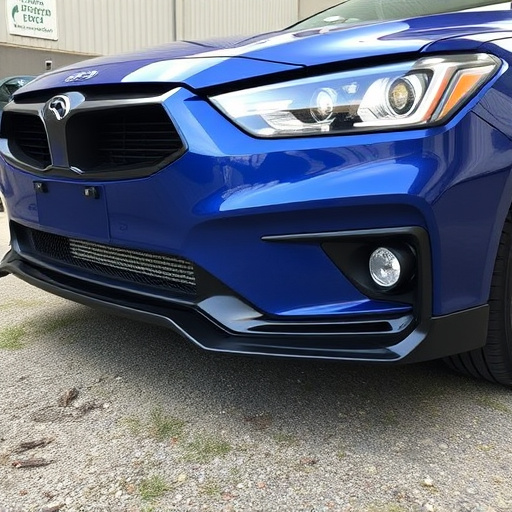
Modern vehicles are equipped with sophisticated computerized diagnostics systems that play a crucial role in monitoring and controlling various components of the car’s operation. These systems, often referred to as On-Board Diagnostics (OBD), use sensors to gather data from the engine, transmission, brakes, and other critical systems. This data is then interpreted by powerful computer modules, allowing for precise diagnostics and repairs.
Understanding how these systems work is essential when considering computerized diagnostics repair. It enables car owners and professional mechanics to identify issues early on, ensuring prompt resolution. Moreover, with advanced technology, repairs can often be more precise and efficient, reducing the need for traditional trial-and-error methods. This not only saves time but also contributes to the overall longevity of your vehicle, making it a valuable tool in both personal car care and within body shop services.
Preparing Your Vehicle for Repair Using Diagnostic Tools

Before any work begins on your vehicle, preparing it for repair using diagnostic tools is a crucial step in ensuring accurate and efficient computerized diagnostics repair. Start by connecting your car to a reliable OBD-II scanner that can read and interpret data from various sensors and systems within your vehicle. This device will allow you to access real-time information about engine performance, emissions, and other critical functions.
For instance, if you’re dealing with a complex issue like a Mercedes Benz collision repair or even an auto glass replacement, the diagnostic scanner can help pinpoint specific problems. It can retrieve codes from your vehicle’s computer, providing valuable insights into potential issues with components such as the engine, transmission, or even bodywork. Additionally, these tools often offer visual representations and detailed reports, making it easier for technicians to understand and communicate the needed repairs, whether it involves intricate vehicle bodywork or simple tasks like replacing a cracked windshield.
Step-by-Step Guide to Effective Computerized Diagnostics Repair

Using a computerized diagnostics system is a game-changer when it comes to vehicle repair. It’s a comprehensive approach that helps mechanics accurately identify and fix issues in modern cars, which are increasingly complex with advanced electronics. This step-by-step guide will walk you through the process of effective computerized diagnostics repair for even the most challenging vehicle problems.
First, connect your computer or laptop to the car’s onboard diagnostic (OBD) port, usually located beneath the dashboard near the steering wheel. Once connected, launch the specialized software designed to interpret data from the vehicle’s sensors and systems. The software will scan for any error codes or unusual readings, pinpointing potential issues. Next, use the diagnostics tool to perform various tests, such as checking engine performance, emission levels, and electrical connections. Compare the results with known standards and manufacturer specifications to diagnose problems accurately. For instance, if a sensor is malfunctioning, you’ll see deviations in data related to fuel injection or oxygen levels. With this information, mechanics can then proceed with targeted collision repair center services, ensuring your vehicle receives precise and efficient fixes for optimal performance and safety.
Computerized diagnostics repair is a game-changer for vehicle maintenance, offering precise and efficient solutions. By understanding your car’s diagnostic systems and using the right tools, you can effectively troubleshoot and fix issues. This step-by-step guide ensures you navigate the process with ease, promoting better vehicle performance and longevity. Incorporating computerized diagnostics into your regular maintenance routine is a smart move for any car owner looking to stay ahead of potential problems.
